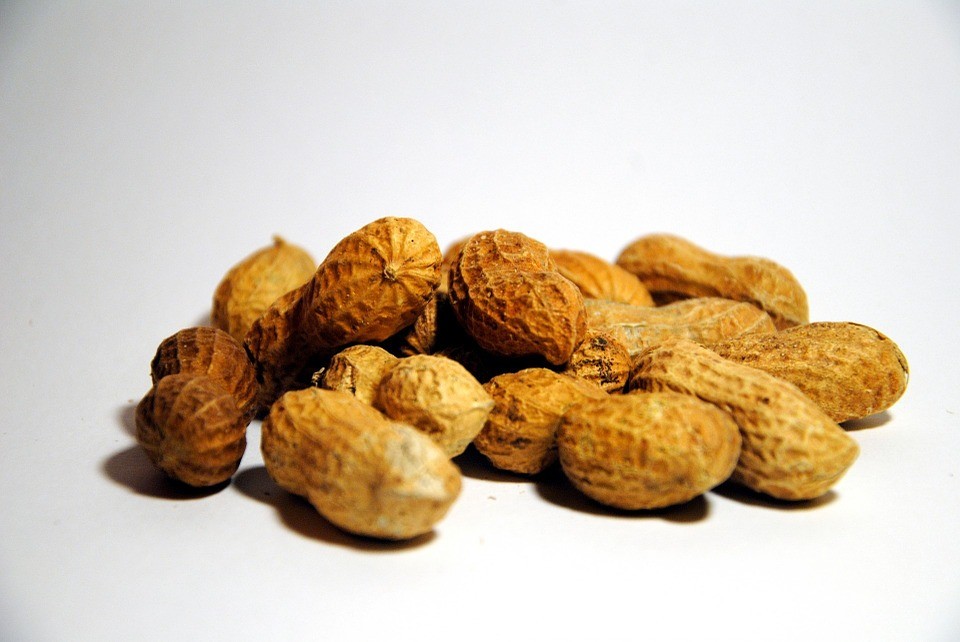Scientists develop Aspergillus-susceptible peanut

Researchers have found a way to suppress the aflatoxin-producing fungus in groundnut.
The discovery was recently published in the Plant Biotechnology Journal. Sciencedaily reports that the research team transferred small proteins called defensins from alfalfa and the Mediterranean clover to the DNA of an Aspergillus-susceptible peanut variety widely grown in Africa and India which allowed the groundnut to stop the fungus from infecting the plant.
RNA molecules
Scientists then transferred small RNA molecules from the Aspergillus fungus that are involved in the aflatoxin synthetic pathway. The nuts produced these RNA molecules during fungal attacks and inactivated target genes responsible for aflatoxin synthesis. The technology is also translatable to maize and de-oiled cakes used for animal feed, pistachios and almonds.
Aflatoxins pose a major risk to human and animal health worldwide and result in an enormous amount of food waste. The moulds, Aspergillus flavus and Aspergillus parasiticus, which infect groundnut, maize, cottonseed and chili, produce these toxins which suppress the immune system, hinder growth in children and even cause liver cancer
Source:
Read also: Top 5 articles on aflatoxins:
• Vietnam farmers questioned about aflatoxin awareness
• Biocontrol of aflatoxins: Potential for Africa
• Sunflower seeds often contain aflatoxins











